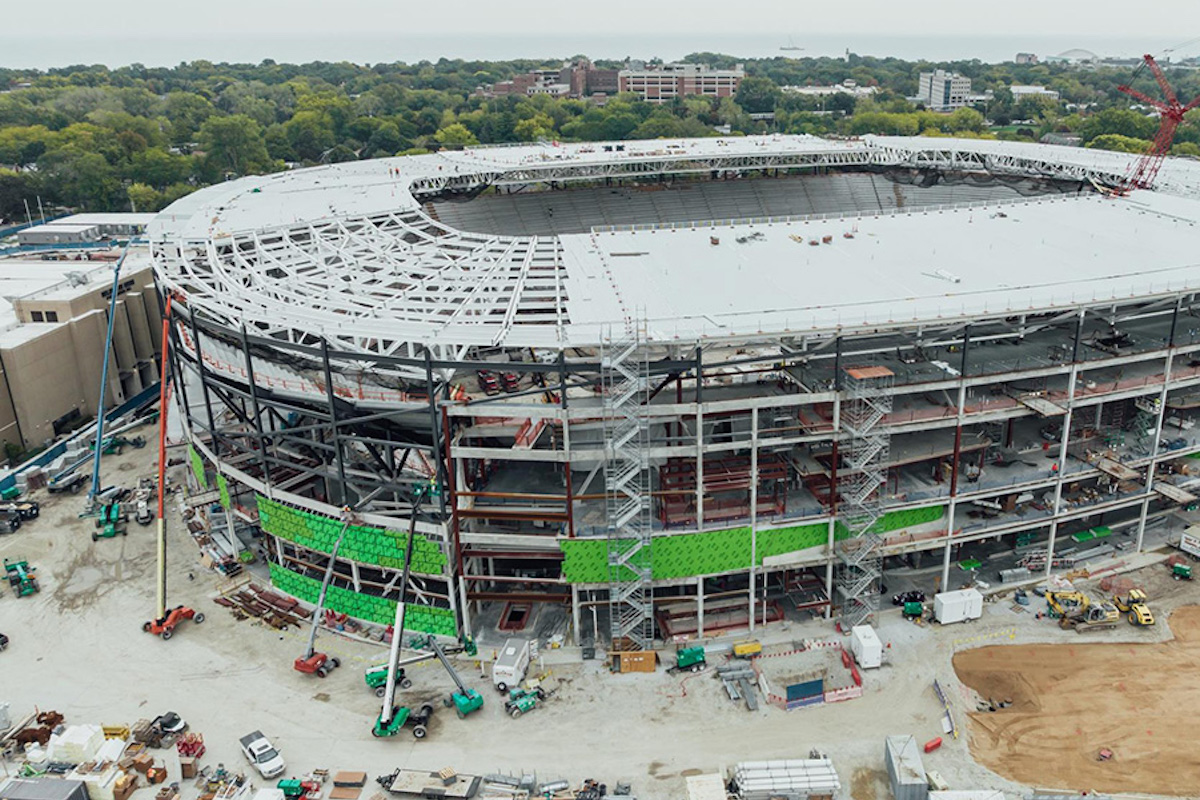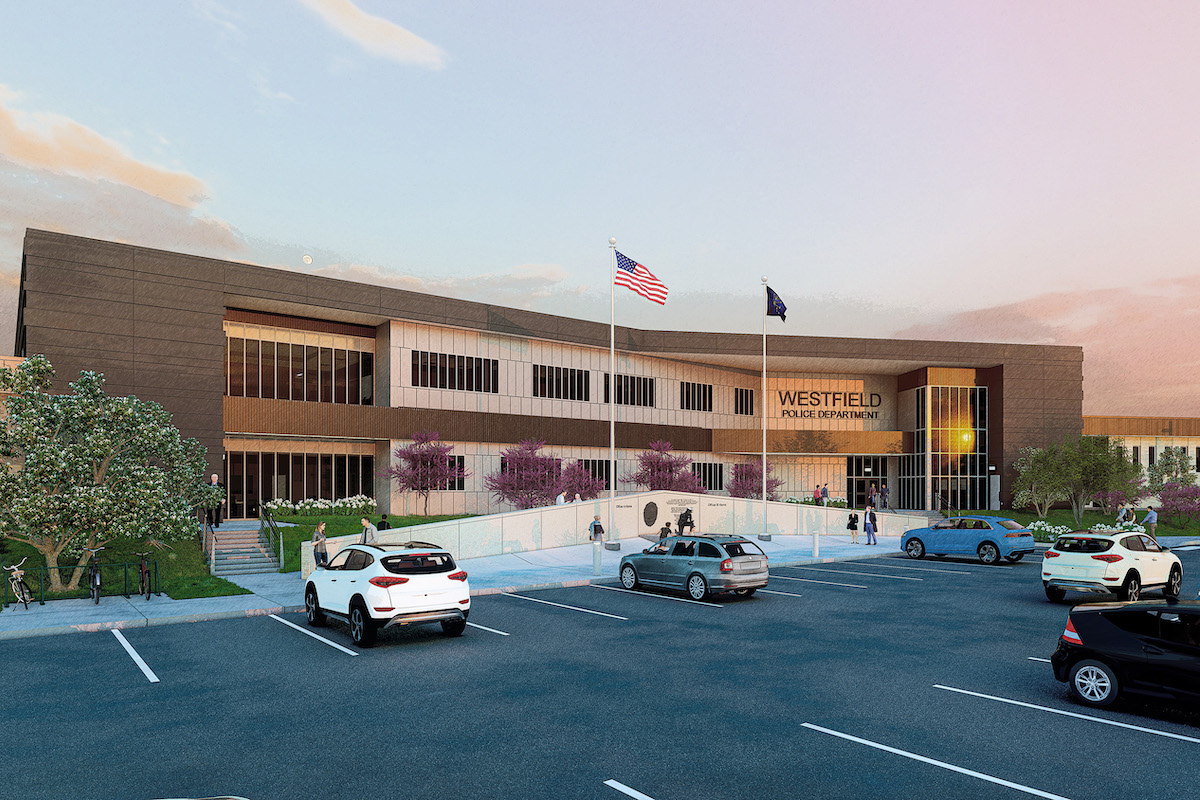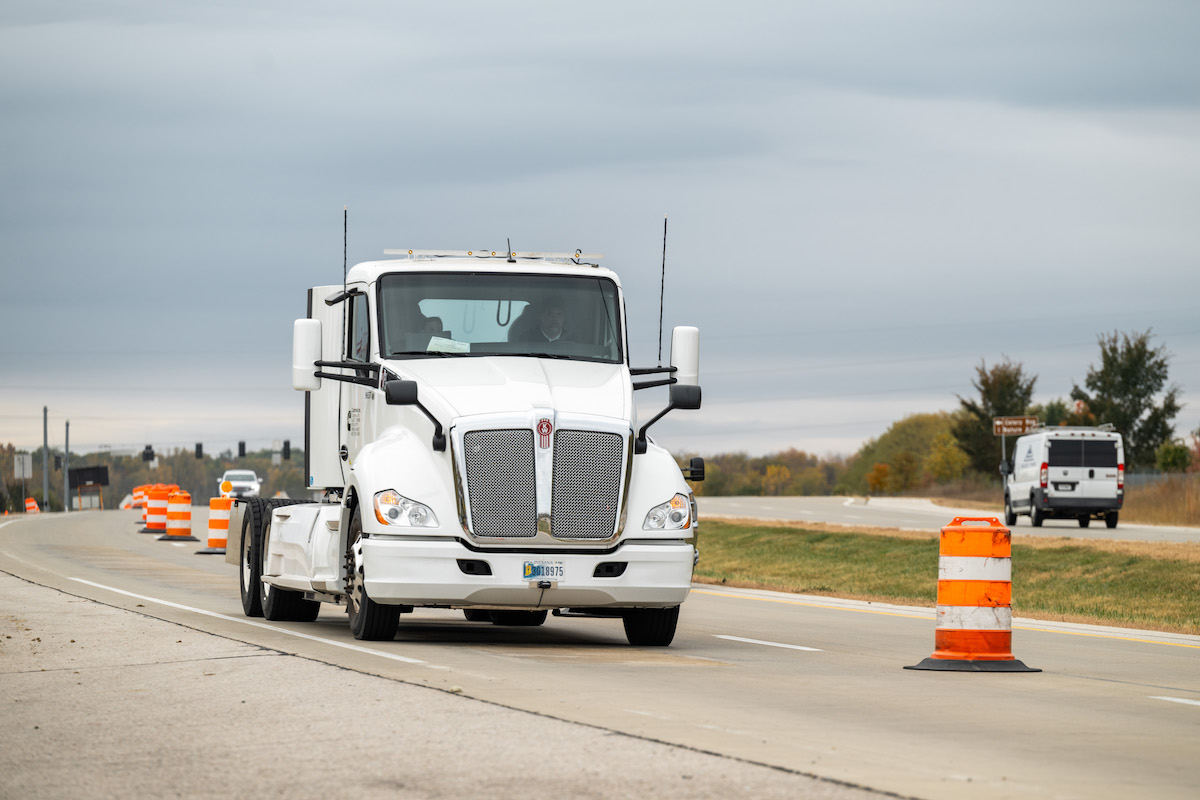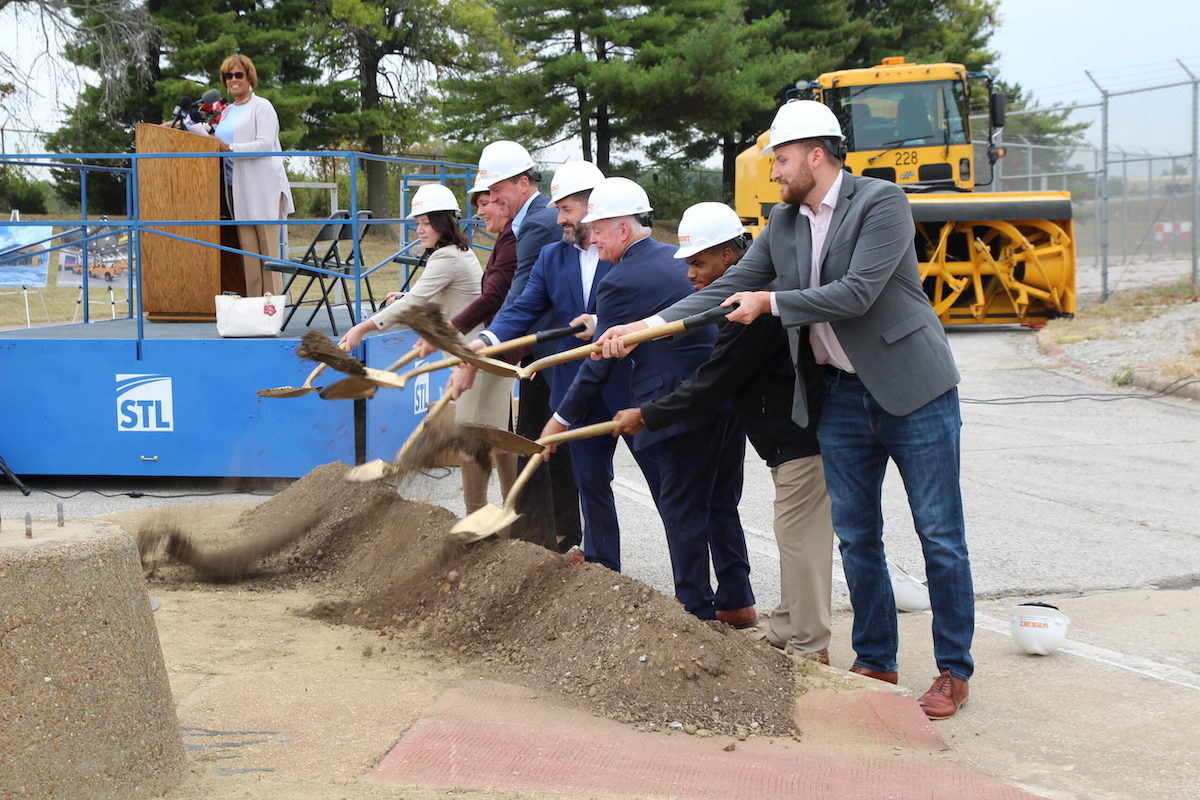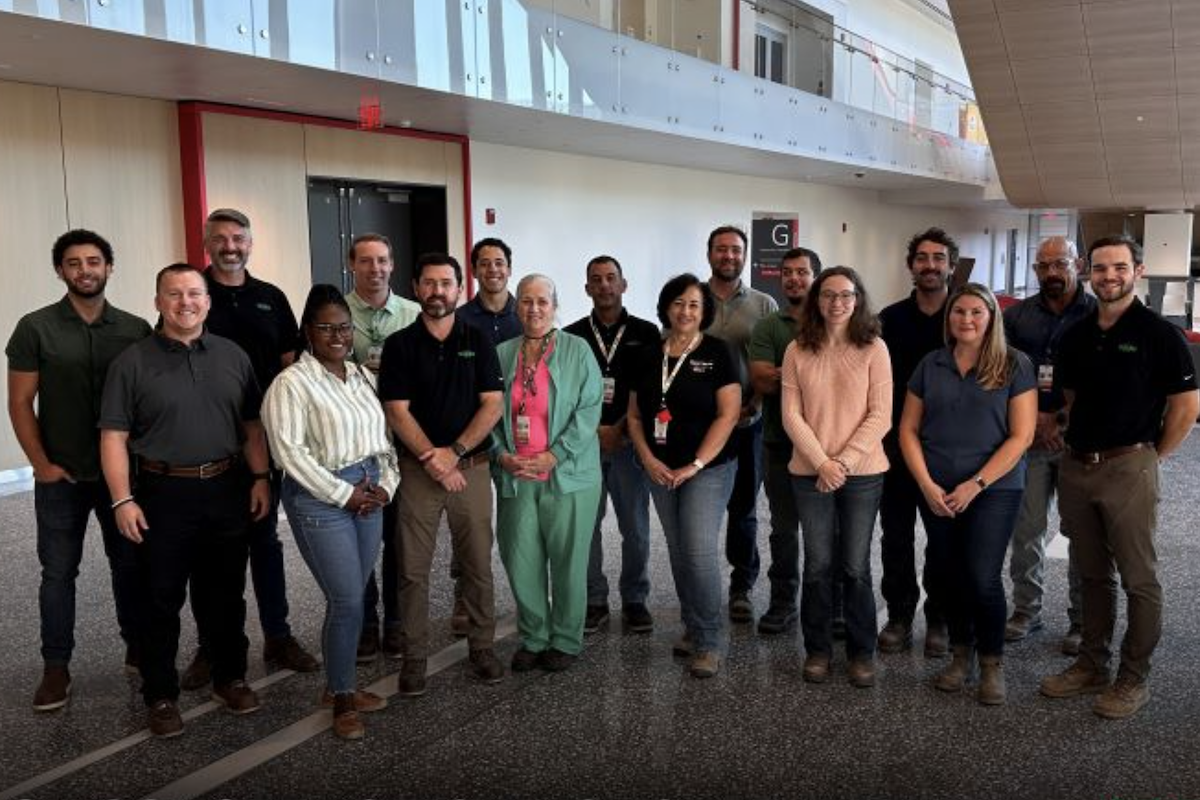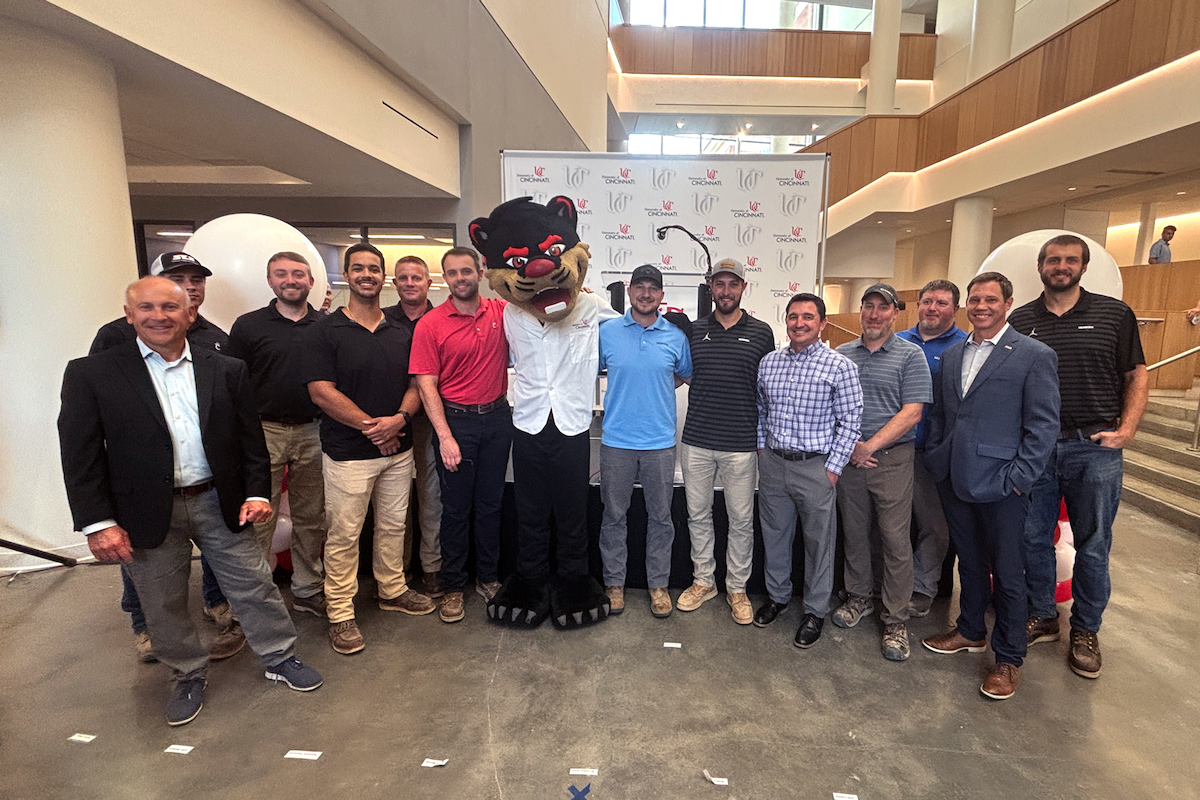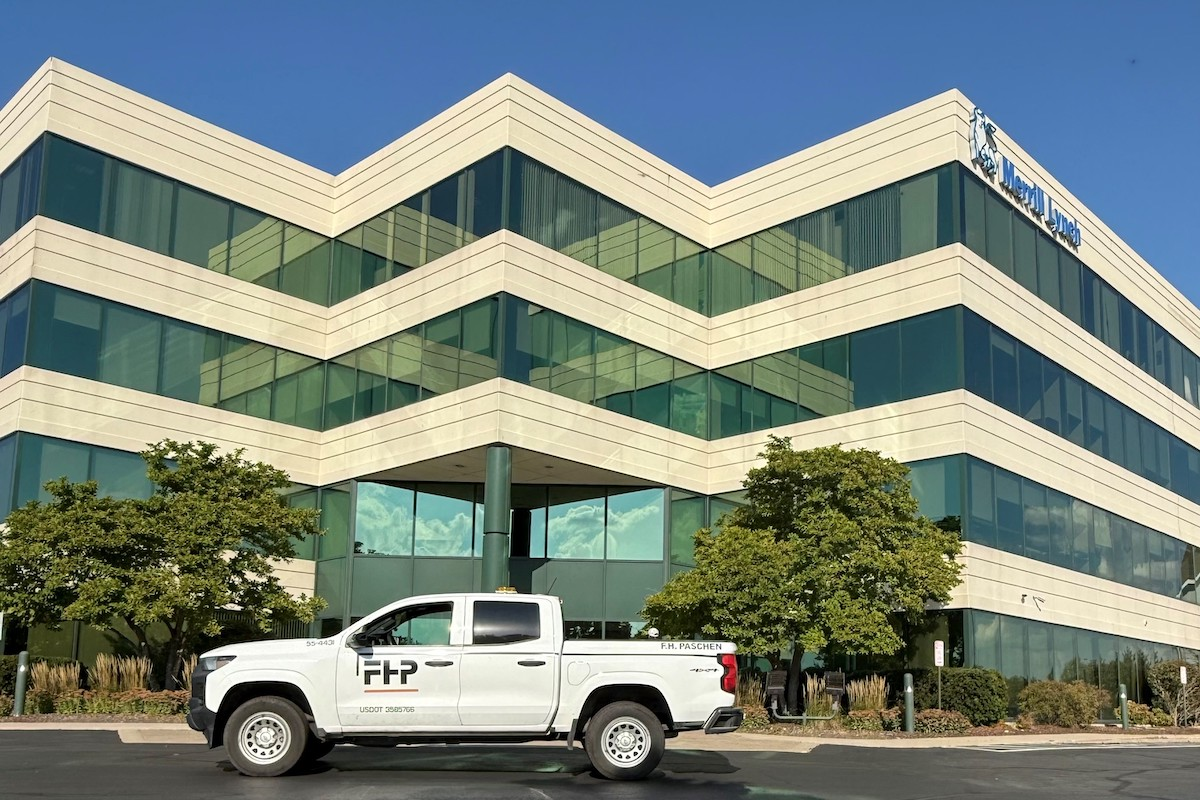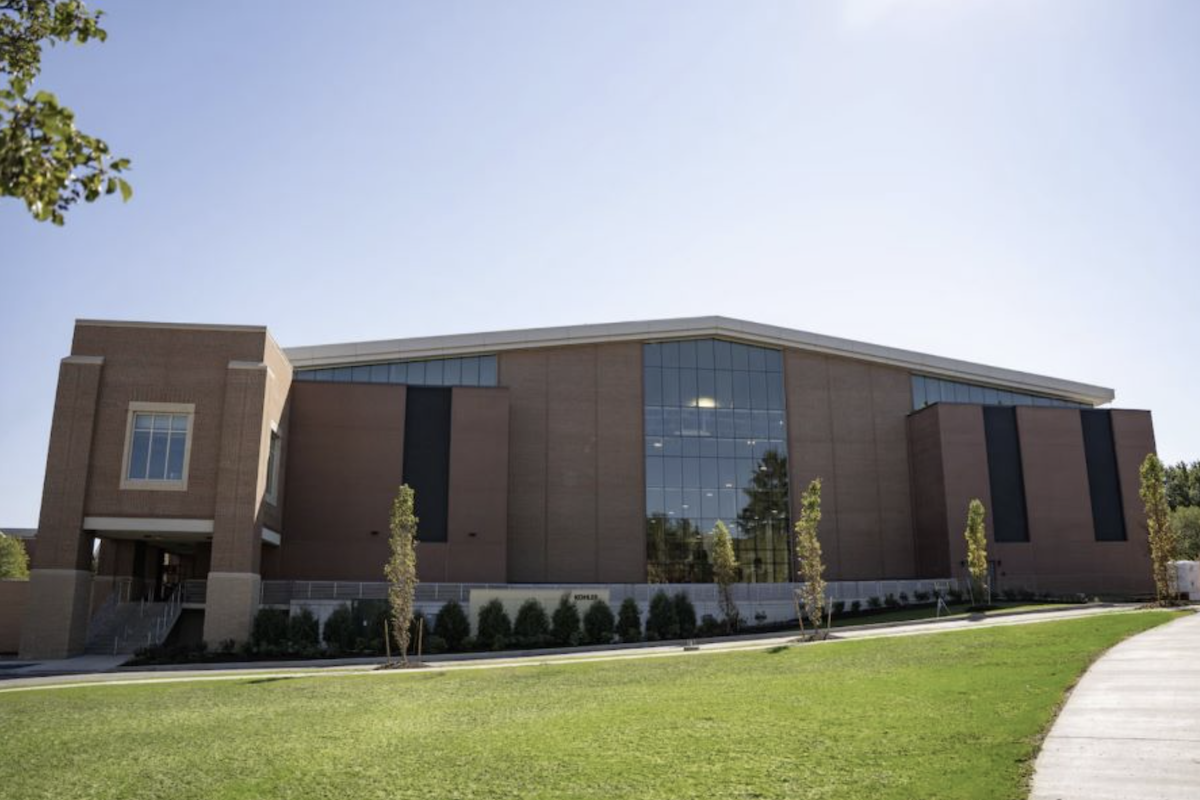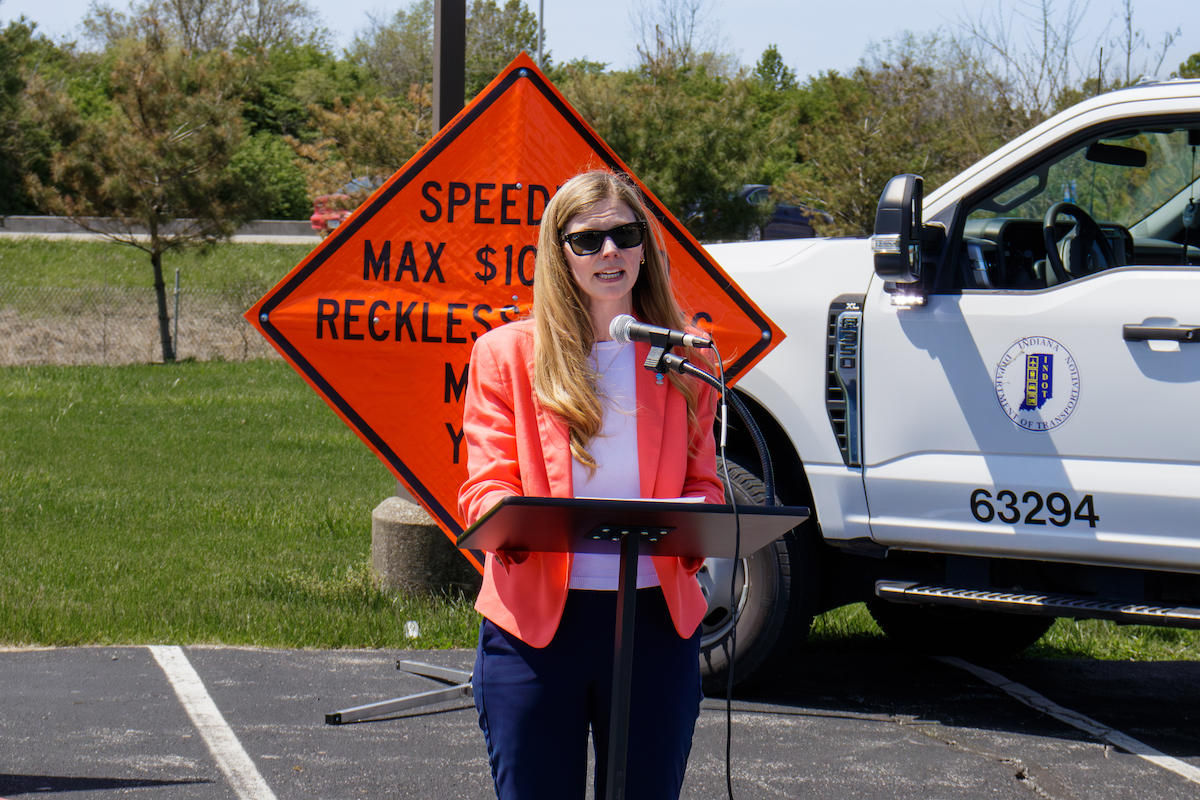“The purpose of this project is to increase the safety of vehicular traffic on Interstate 30 and Interstate 40,” said Keli Wylie, Assistant Chief Engineer for Program Delivery at ARDOT.
Metroplan identified the need for improvements to the north-south Interstate 30 corridor through downtown Little Rock and North Little Rock more than 20 years ago. The I-30 corridor was built in the late 1950s and early 1960s and had no longer met current standards. The aging highway experienced a higher accident rate than average on Arkansas roads.
The work will correct geometric deficiencies, improve the condition of the roadway by modernizing infrastructure and maintaining a state of good repair, improve navigational safety on the Arkansas River, correct the I-30 Arkansas River Bridge deficiencies, and reduce traffic congestion by improving mobility on I-30 and I-40, Wylie said.
More than 120,000 vehicles drive on this corridor daily. The department anticipates that will increase to more than 140,000 vehicles per day in 2045, 20 years after the construction is finished.

| Your local LeeBoy dealer |
|---|
| Brandeis Machinery |
The current $633 million phase of the project spans four miles. Additional funding will be needed to complete the additional 3.5 miles.
Traditional federal funding with a state funding match and a small amount of Congestion Mitigation and Air Quality improvement funds and National Highway Freight Program funding helped pay for this phase of the project. A half-cent sales tax lawsuit ruling prevented the department from using proceeds from the Connecting Arkansas Program as originally planned.
The joint venture team, Kiewit-Massman Construction (KMC), comprised of employee-owned Kiewit of Omaha, Nebraska, and Massman Construction Co. of Overland Park, Kansas, received the design-build contract. Burns & McDonnell of Kansas City, Missouri, and HDR of Omaha, Nebraska, served as the engineering firms that designed the project. This was ARDOT’s first design-build project.
“The progress of all phases of the project has been incredible to watch,” Wylie said. “KMC has continually met or exceeded its own planned construction schedule throughout the life of the project.”
Cass Sobek, KMC Project Manager, said that constant innovation has been key to the project’s success. KMC developed a very detailed schedule that workers call upon when performing daily tasks. Adherence to the schedule and safety remain a top priority.
“It’s been incredible to see their progress. The landscape is ever evolving, and I notice something new each time I’m on site,” Wylie said. “Whether its demolition, bridge foundation construction, or setting the steel girders over the Arkansas River, they work well together as a team. Safety is always their No. 1 priority no matter what the task at hand might be.”
KMC conducted daily stretch and flex sessions, along with comprehensive safety briefings to keep everyone informed of potential hazards. Rigorous training programs ensured all personnel, from construction workers to engineers, possessed the necessary safety knowledge and skills.
“Nothing was more important than safety on the 30 Crossing Project,” Sobek said. “Every decision we made and action we took was guided by a commitment to ensuring the well-being of both our team and the surrounding community. Building infrastructure is important, but doing so in a manner that respects and safeguards everyone involved is even more crucial.”
Eliminating the Highway 10 interchange in downtown Little Rock will create an approximately 18-acre green space, aimed at improving connectivity between the east and west sides of I-30, Wylie said.
“The City of Little Rock has expressed interest in developing that area into an inviting, publicly accessible park area to further enhance the downtown landscape, and we are actively working with them to allow these improvements by permit,” Wylie said. “Many residents and business owners have commented positively on the changes downtown and are looking forward to the new opportunities the project has created.”
This project also will provide more efficient access to downtown Little Rock and North Little Rock, reconnecting the city street grid that was disrupted during the original construction of I-30 and opening new areas for the city’s redevelopment, according to Wylie.
The team completed the 3,360-foot-long, eastbound Arkansas River Bridge and opened it to traffic in August 2022. Four months later, crews completed demolition of the old eastbound bridge, but Sobek said that the team spent a year planning for the deconstruction of the old bridge.
The work entailed breaking up the existing concrete deck with excavators. Then crews removed the debris from the river, using barges and cranes. Next, the team lifted the structural steel off with a barge-mounted crane, followed by removing the piers and foundations, including a bent in the navigation channel.
Subcontractor Veit of Rogers, Minnesota, performed the layout, drilling, and blasting of the six 70-foot-long pier bases. The crew removed the piers to 26 feet to 36 feet below the waterline in January and February of 2023.
Then work commenced on the second, westbound Arkansas River Bridge. The structures are founded on drilled shafts, concrete piers, and caps.
KMC completed a portion of the Sixth Street Bridge in downtown Little Rock in March 2023. The entire bridge is scheduled to open late in 2024.
Crews also have completed the new Highway 10 interchange configuration, which splits the ramps at Interstate 630 to the south and 4th Street to the north. Vehicles can still travel along the frontage roads. The new split-diamond interchange eliminated clover leaf ramps, creating the new green space.
Additionally, work progresses on the westbound Arkansas River bridge. Crews are working off barges. The team used a barge-mounted Manitowoc 4600 Ringer Crane to lift the steel I-beams into place.
Subcontractor D.T. Read Steel Co. of Chesapeake, Virginia, deployed TyBOT, an autonomous, rebar-tying robot from Advanced Construction Robotics of Allison Park, Pennsylvania, to tie 165,779 ties on the Arkansas River Bridge, speeding up construction. D.T. Read praised the technology’s ability to provide a safer working environment for its employees, who were trained to manage and operate the robot within a few days.
The department anticipates completion of the second bridge, with a concrete deck, in early fall of 2024. Substantial completion of the entire project is scheduled for late spring 2025.
Sobek called the project a “testament to what can be achieved when passion, professionalism, and a commitment to safety and quality come together. It was a once-in-a-lifetime opportunity to contribute to a project that will leave a lasting positive impact on the community.”
Wylie also praises the working relationships on the team.
“This entire project is a great example of collaboration and teamwork between department staff, our consultant partners, local stakeholders and elected officials, the Federal Highway Administration, and the design-build team,” Wylie said. “We have had unlimited support from the director and the Arkansas State Highway Commission throughout the entire process, which has undoubtedly contributed greatly to the success of the project. I’m honored to have been a part of the project team since the beginning, and I count it as one of the highlights of my career.”






















